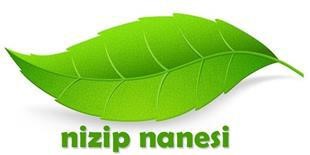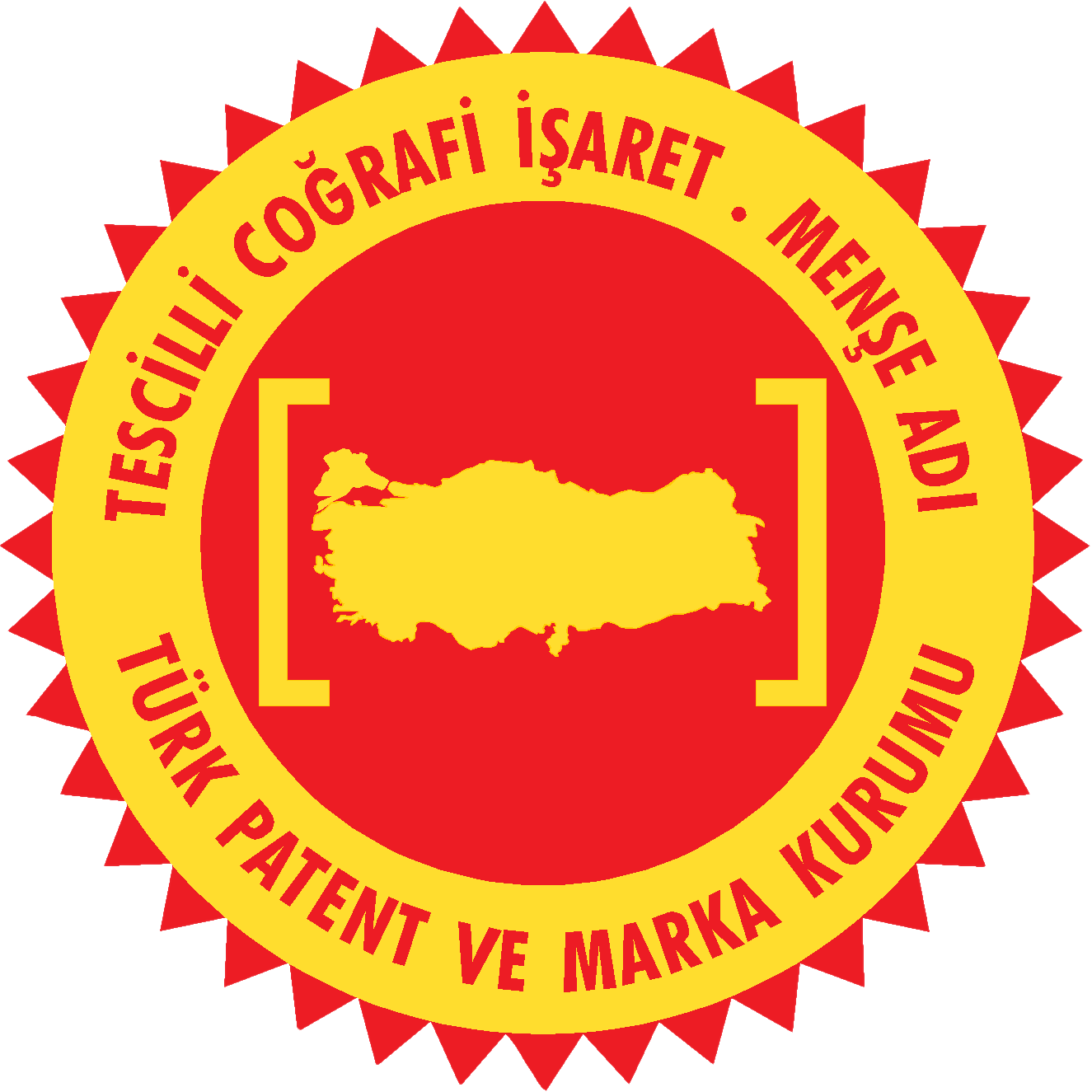Nizip Mint Protected Geographical Indication
Thursday, July 7, 2022
No: 491 – Protected Geographical Indication (PGI)
NİZİP MINT
Registrant
NİZİP COMMERCIAL EXCHANGE
This geographical indication was registered on 12.03.2020 to be protected as of 21.12.2017 under the Industrial Property Law No. 6769.
Registration Number : 491
Registration Date : 12.03.2020
Application Number : C2017/234
Application Date : 21.12.2017
Name of Geographical Indication : Nizip Mint
Product / Product Group : Mint / Seasoning/flavors, sauces and salt for food
Type of Geographical Indication : Protected Geographical Indication (PGI)
Registrant : Nizip Commercial Exchange
Address of Registrant : E-90 Karayolu Üzeri Borsa Hizmet Binası Nizip GAZİANTEP
Geographical Border : Gaziantep province Nizip district
Usage Format : The logo and the name of origin emblem below with the inscription Nizip Mint
on the product itself or on its packaging.

Product Description and Distinguishing Features:
Differentiating with its green color and unique aroma, Nizip Mint (Mentha spicata L.) is supplied to the market as fresh and dried.
The cultivation of Nizip Mint started in the 1960s and is produced by the seedling method.
The main essential oil components of Nizip Mint (fresh) are3; carvone (40-70%), limonene (average 20%), carveols, carvone isomers, carvil acetates, as well as menthol, borneol, linalool, menthone, jasmon, perilalcohol, etc. monoterpenes and sesquiterpenes. These essential oil components are effective in the formation of the aroma of Nizip Mint. Carvon essential oil, which constitutes the largest part of the total essential oil in Nizip Mint, is the most important component in the formation of the unique aroma of the product.
What gives Nizip Mint its aroma and quality features are; climatic conditions of the region, soil structure, number of sunny days, temperature, harvest time and the drying method.
Due to the continental climate, the temperature difference between day and night is 24 °C on average during the harvest period, the altitude and surface structure of the region, which affects the traditional shade drying method, are effective in the formation of the distinctive green color and aroma of Nizip Mint.
Nizip Mint, which dries in a shorter span of time at high temperatures due to the relative humidity in the air in summer months and the sun exposure time/direct rays of the sun, has a lower aroma loss.
Dried Nizip Mint is obtained by harvesting the cultivated plants of the genus Mentha spicata L. during the flowering period, drying them in accordance with the technique, and crushing the leaves by stripping them from their stems. Some physical and chemical properties of Nizip Mint (dried) are given in Table 1 below.
Table 1. Physical and chemical properties of Nizip Mint (dried).

*Dry matter is not taken into account in the calculation of the result.
Soil Properties: The soil where Nizip Mint is grown are rich in phosphorus, manganese, potassium and lime amounts. Soil properties suitable for growing Nizip Mint are; clay loam, slightly alkaline, salt-free, moderately organic matter and soils containing sufficient nitrogen.
Irrigation water properties: Irrigation water is obtained from groundwater. Medium hard water is slightly alkaline. The low conductivity value indicates that it is in the low salt water class.
Production Method:
Nizip Mint is produced fresh and dried. Fresh mint is produced between June and October in the region. Dried mint is produced after harvest.
Planting: The planting process in the region is called “plant seedling” (seedling, new sapling). When the mint plant blooms, the fresh branches are plucked and planted immediately in the ground. Plant seedling is done during the first cut and when the fresh seedling reaches 10-15 cm height. Fresh saplings are planted in the hole drilled at finger depth. This process is usually done in the spring months between April 15 and May 15, when the air temperature is not too high.
Sowing: The sowing process in the region is called silencing (seedling, new sapling). When the peppermint plant blooms, the fresh branches are plucked and planted immediately in the ground. Stilling is done at the first cut and when the fresh seedling reaches 10-15 cm height. Fresh saplings are planted in the hole drilled at finger depth. This process is usually done in the spring months between April 15 and May 15, when the air temperature is not too high.
Fertilization: Sheep/goat manure (zibil) is used as fertilizer. The first fertilization process is done in February and before planting the mint, in a way that it mixes with the soil to enrich the soil, and there is sherbet (white foam) formation on the surface by irrigation. The second fertilization process is done approximately 45 days later.
Maintenance: If there are weeds among the mints, these are cleaned manually. Irrigation is done once every 6-7 days by giving subsurface water to the irrigation canal. As the mint grows in size, irrigation is done less (once every 8-10 days). Farmers make the decisions on irrigation according to the coolness of the air and plant height, according to their mastery and experience.
Harvest: The harvesting process is carried out by hand, a total of 3 or 4 times. Each harvest interval lasts an average of 45 days. Harvest time depends on the height of the plant. Plant height reaching 40-50 cm indicates that it is time to harvest. Also, the plant begins to shed leaves from the lower part. In this case, it must be harvested. Harvesting is done by mowing the mint plant close to the soil surface with a serrated grass blade. The root of the mint is not removed because the same root gives a yield 3-4 times a year during the harvest period. In total, 2-3 years of product are harvested from the same roots.
Harvest generally begins in the afternoon when the air temperature is relatively low and continues until the evening.
Drying: The mint plant, which is cut by hand with the help of a grass blade, is first laid on a clean lining cloth laid under the shade of a tree. It is kept on the lining cloth under the tree overnight. Meanwhile, the moisture content of mint decreases. The mints on the lining cloth are moved to a wider and shaded area so that the product is not directly exposed to the sun early in the morning. It is mixed with a pitchfork (a fork-edged agricultural tool made of iron or wood, which is used to spread the stems in the threshing stone) 2-3 times in total until the evening. In the evening, the dried mint plant is crushed with the help of rotary rubber crushers. Thus, the leaves of dried mint leaves are separated from their stems. Then, with the help of the pitchfork, the stems are shaken in the air and separated from the mint pile at the bottom. The bottom part is separated from foreign substance with the help of a sieve.
Inspection:
Inspections will take place under the coordination of Nizip Commodity Exchange, by a supervisory authority of at least three persons; one expert each from Nizip District Agriculture and Forestry Directorate, Nizip Municipality, Gaziantep University Nizip Vocational School Food Technology Department, Nizip Commodity Exchange, Nizip Chamber of Industry and Commerce, Nizip Chamber of Merchants and Craftsmen. Inspections to be carried out regularly once a year will also be carried out whenever needed and upon complaint
During the inspections, the planting, maintenance and fertilization of the green mint, as well as the drying method of the harvested product, will be inspected in accordance with the characteristics described in the production method section. In addition, if necessary, an analysis of the physical and chemical properties of dried Nizip Mint will be done. In addition, the use of the Nizip Mint logo and the geographical indication emblem will be supervised.
The supervisory authority may benefit from or purchase services of public or private institutions, or natural or private entities in charge, during the execution of the inspection. The registrant carries out the legal processes for the protection of rights.

Original text from ci.gov.tr.












